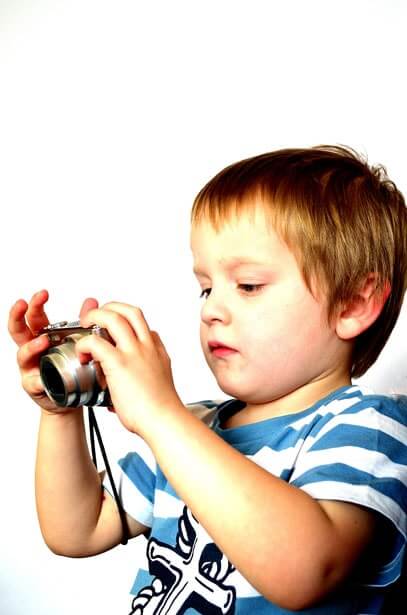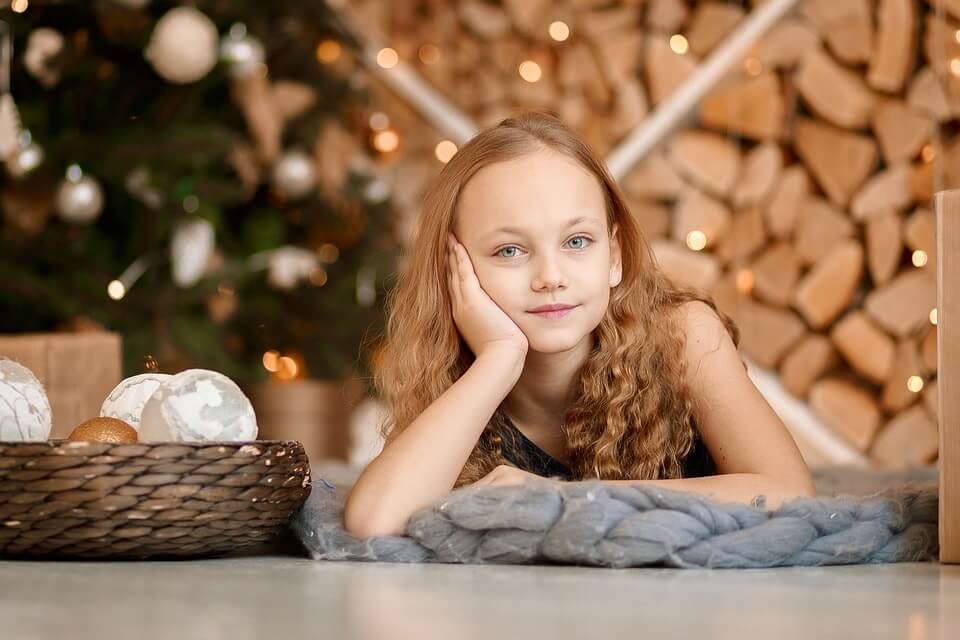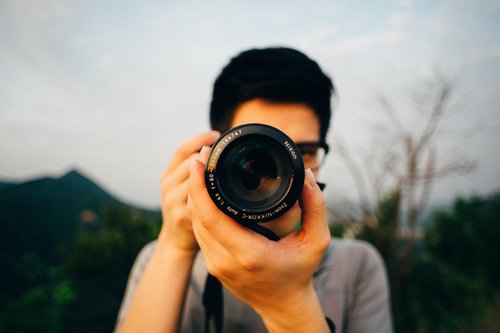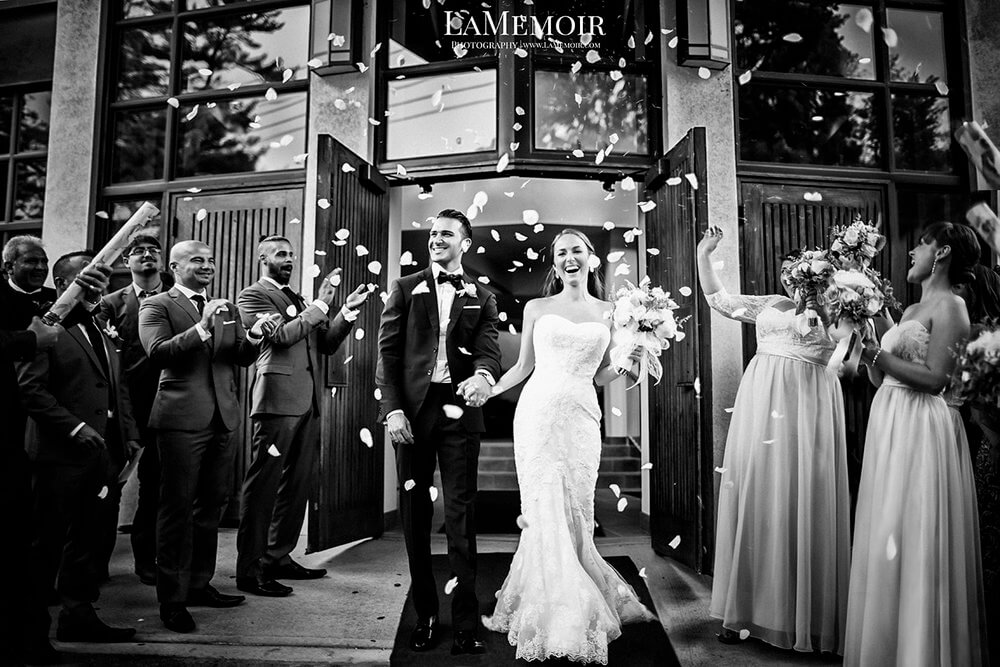Child Photography Tips
You May Like:
If you’re a parent, you know how hard it can be to get your child to sit still and take a good photograph. Tongue out, temper tantrum, hair messed, pulling at the camera, and never that angelic little smile you know they are capable of producing, because you’ve seen it!
Whether you’re at a studio, having an on location shoot with a professional photographer or taking the pictures yourself, these tips will help you have a great photography session with your child:
Tip #1: Allow enough time for your shoot
Sometimes children need a little time to get used to the idea of the equipment and hustle and bustle that comes with a photo session. Even when taking the pictures yourself, small kids can be intrigued or upset by the camera and flash.
Allow at least an hour for your small children to get adjusted to this new development and start acting like themselves again. Take many shots, and although you’ll probably throw out the first 20 minutes worth of frames, you just might get some adorable things during this adjustment period.
Tip #2: Throw out your expectations:
This is a toughie for most parents.
They come into a photo session with a picture clearly etched in their minds, and, call it Murphy’s Law of Children, the kids just refuse to perform. The end result is more time wasted trying to get that one perfect shot, which in turn makes the child more distressed and unpredictable.

Come into every photo session with the idea that all you want is good pictures of your children, and you’ll be much happier with the results. You might even end up with your dream shot after all!
Tip #3: Dress for the occasion:
A good general rule of photography is to wear simple, solid color clothing, and leave the prints at home.
If you’re taking pictures of multiple people, dress everyone in similar neutral colors, for example, everyone wears a white shirt and jeans. For small children, you also need to consider the comfort of the outfit you’ve chosen.
Let them become familiar with the clothing, especially if it is something, a dressy Christmas outfit for example, that they don’t wear on a regular basis. Dress them up a few times in the week preceding your scheduled session.
Avoid buttons, ribbons and embellishments or you will end up with more shots of your children playing with their clothing than anything else. If your child is unaccustomed to wearing hats, shoes or hair accessories, this is not the time to introduce them, or they won’t stay on for long.
If you’re child is under one year, don’t be afraid to take the “naked” or “diaper” shot! Babies are so comfortable like this, chances are you’ll get some great expressions while they are au natural. Have multiple outfits ready to go, because, as we all know, spit happens. Check your own wardrobe as well, Mommy and Daddy’s clothes make adorable pictures.
Tip #4: Use your own props:
Studios have a wide variety of props to add in to your pictures, everything from toys to wash tubs to giant rubber ducks.
While you can get some fantastic pictures using these, don’t be afraid to bring in some of your own as well. Your child’s favorite toys, books, and blankets will add a bit of the familiar to your session, and a ton of memories for you.

Make sure toys are photo ready and clean. Keep the props small and simple, remember, you want your child to be the focus of the picture, not the props.
Tip #5: Work around your child’s schedule:
The worst possible photo sessions come from children who are tired, hungry or both.
If you’re child takes a nap during the day, schedule photo times at least two hours before or two hours after nap time. One hour won’t cut it, they will either be getting tired or not have enough time to wake themselves up. Make sure they have all their meals and snacks, and if your child has a fussy time during the day, avoid that as well.
Tip #6: Dealing with temper tantrums:
Photo sessions are a big production, whether in the studio or at home, and this often brings out the worst in small children.
A temper tantrum does not necessarily mean a photo session is wasted! First, if it’s purely a tantrum and your child is not in any real distress, don’t stop shooting right away. While a good tantrum might make you pull your hair out now, when that little one has all grown up it will be a wonderful and even cute memory for you.
Second, use the time to take some shots of your child’s little hands and feet and crop the tantrum out. Finally, take a time out, calm both of you down and resume the session when your child is ready.
Tip #7: Let the child direct the shots:
If you feel you’ve spent most of your photo session calling “Look at the camera!” or “Watch the birdie!” then you should probably abandon the straight-on shot.
It’s not a great loss, most of the best pictures are taken when the subject is looking away from the lens. Let your child look at what interests him or her most. If you are not in a studio, let the child explore and play with the surroundings.

You will get much better expressions from your child if his or her focus is engaged in what they find interesting. Most children, when prompted to smile, will give you a very artificial and unnatural expression.
Tell jokes, play with toys, and turn yourself into an amusement rather than ordering a smile, you’ll get much better results.
Tip #8: Use your surroundings:
While studio backdrops make for very classic pictures, there are a number of great backgrounds in your environment as well.
Doorways make a natural frame for any shot, and a large window with billowing curtains adds natural light and a soft, romantic feel to a picture.
Staircases are great for shooting families with siblings, and the natural environment of your backyard or a local park is far superior to a backdrop reproduction. Look around your home and your neighborhood for places to take unique and beautiful shots of your children.
They will also feel more comfortable in the familiar surroundings and give you an overall better group of pictures.
Tip #9: Get down on your child’s level:
If you are taking the photographs yourself or having a professional do the shooting, you should always be down on the same level as your child.
Whether that means sitting or crawling around, your child will feel more at ease if he or she can make eye contact with you. You never know, the act of watching Mommy or Daddy shuffling on the floor just might be enough to coax out that elusive natural smile. Having the camera at their level also makes it much easier for them to look into the lens.
Photographs make touching memories of your children even during the youngest years. These nine tips will hopefully help you capture the essence of what makes your child so unique and have a memorable photography session with your cherished one.
2Bridges Productions Copyright © 2017. Address: 25 Monroe St, New York, NY 10002. Phone: 516-659-7074 – All Rights Reserved.
We are a participant in the Amazon Services LLC Associates Program, an affiliate advertising program designed to provide a means for us to earn fees by linking to Amazon.com and affiliated sites.






